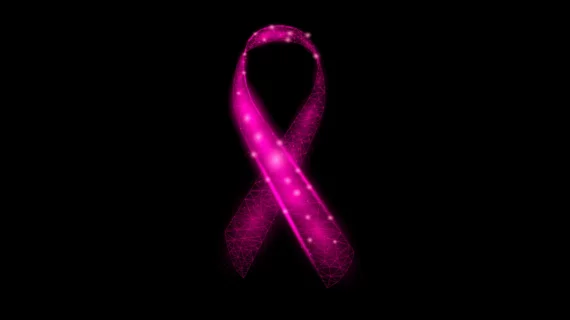AI enhances diagnostic accuracy of breast cancer lesions found on ultrasounds
Researchers in China have developed an AI model that improves the clinical decision-making for addressing suspicious BI-RADS 4A breast lesions detected on ultrasound scans, which have a low rate of malignancy and result in patients receiving unnecessary biopsies and treatment.
In a study, the deep-learning model developed by the research team achieved a higher level of sensitivity in assessing BI-RADS 4A lesions, improving the performance of radiologists regardless of their level of clinical experience. The results are published in Clinical Breast Cancer.
Despite only a 2% to 10% malignancy rate, biopsy is recommended when a BI-RADS 4A lesion is discovered in breast tissue. This gap presents an opportunity for AI to improve the precision of clinical decision-making, the authors wrote. However, insufficient relevant ultrasound data to train a model has slowed deployment.
The team led by Mei Yi from Southern Medical University in Guangzhou used a modified convolutional neural network (CNN) model for the study, training the AI on clinical features of BI-RADS 4A lesions, as well as a dataset of scans from 1,616 women, all to develop a predictive nomogram that could effectively learn to identify lesions at high risk for breast cancer.
When put to the test against two radiologists, the nomogram outperformed them, achieving higher area under the curve (AUC) without compromising specificity. Ultimately, the performance of two radiologists significantly improved when aided by the nomogram. Their AUCs increased from 0.712 to 0.801 and from 0.547 to 0.8 with assistance. Similarly, specificity–clinical accuracy—increased from 70.93% to 74.42% for one radiologist and from 59.3% to 81.4% for the other radiologist, indicating a notable enhancement in diagnostic efficiency.
“Notably, we found that a hyperechoic halo was significantly related to breast cancer, which may be caused by the infiltration of cancerous tissue into the peripheral tissue,” Yi and the co-authors wrote. “Hence, we suggest that BI-RADS 4A breast lesions with hyperechoic halos should be paid high attention to, especially in older women.”
Overall, the AI demonstrated its ability to reduce the need for biopsies on BI-RADS 4A lesions by 6.7% and 24%, a gap the researchers attribute to differences in clinical experience between the two radiologists.
Further research is necessary to determine the optimal deployment of deep learning in clinical decision-making for benign lesions, but the promising results seen here lead the research team to believe AI can ultimately reduce unnecessary breast cancer treatment.
The full study can be found at the link below.

